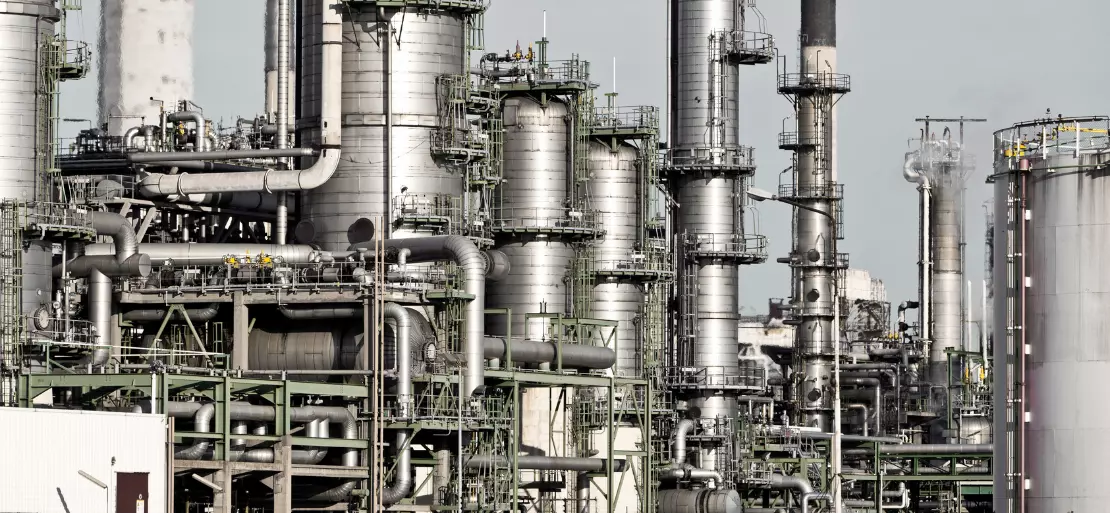The Decline in Demand for Petrochemicals in Europe May have a Larger Impact than Any Manufacturing Cutbacks

Some economists may need to get out a little more rather than spending time poring over data, such as the recent inversion of the yield curve, which is said to be an indicator of a possible global recession, some economists may need to get out a little more (the inversion is when the yield on the two-year US Treasury note rises above that on the benchmark 10-year note).
According to John Harris in this 3 April Guardian article, Lexie lives in the countryside of North Wales, and she is disabled, and her husband recently lost his job in the building trade. The family's home had oil-fired heating and hot water, and the price of 500 litres of fuel had risen from GBP 235 to GBP 480.
They've also just learned that their annual electricity bill goes from GBP 1,851.15 to GBP 2,564.33. Their four sons range in age from eight to eighteen. They haven't turned on their house's radiators since last November. They are afraid that a recession has already arrived in the UK and mainland Europe due to rising energy costs, which have impacted the most vulnerable, such as Lexie and her family and average earners. The only historical parallel to today's events appears to be the 1970s when they recall their mother cutting back on discretionary spending to meet soaring energy bills as a child.
Much discussion has been discussed on how polyethylene (PE) demand in developed markets will not suffer significantly during a recession. Most of its end-use need is in essential food and medical packaging applications, and chocolate biscuits do not qualify as essentials, and biscuits are food.
A friend, who runs a supermarket in the UK's midlands, said that he is seeing a drop in grocery spending among his lower-paid customers. He keeps track of their earnings through a loyalty card programme. This is the inverse of what he observed during the pandemic's peak when grocery spending among his lower-income customers increased due to extensive government stimulus programmes.
The ability of Western governments to repeat large-scale stimulus is being hampered by higher interest rates caused by levels of inflation not seen since the 1970s. A demand model cannot be built from a newspaper article and a comment from a supermarket manager.
LLDPE demand in the United States increased by 6% in 2021 compared to 2020, as GDP growth returned positive 4%. The EU and the UK saw a 6% increase in LLDPE demand and a 6% increase in GDP. Demand versus GDP patterns is similar in high-density PE (HDPE) and low-density PE (LDPE). If the pandemic spreads, there can likely be less demand for hygiene end-use applications, which is why the European market is expected to outperform GDP in 2020.
Russia supplies approximately half of Europe's naphtha. According to ICIS pricing, European purchases of Russian naphtha have decreased due to Russian banks' inability to use the Swift financial system. Russia supplies approximately 27% of Europe's oil.
Europe relies on Russia for an average of 40% of its natural gas, with individual countries depending on even more. Germany, for example, is said to be 55% dependent on Russian gas. Recently, there have been disturbing allegations of Russian atrocities in Ukraine, prompting calls for formal sanctions against Russian energy.
Because Chinese PE demand is weak and pricing is flat despite significant operating rate cuts, PE exporters are looking for scenarios showing how energy shortages might affect European PE production. The significant price disparity between Europe and China remains, using LLDPE as an example of similar patterns in LDPE and LLDPE. The gulf first became visible in early 2021.

.webp)

